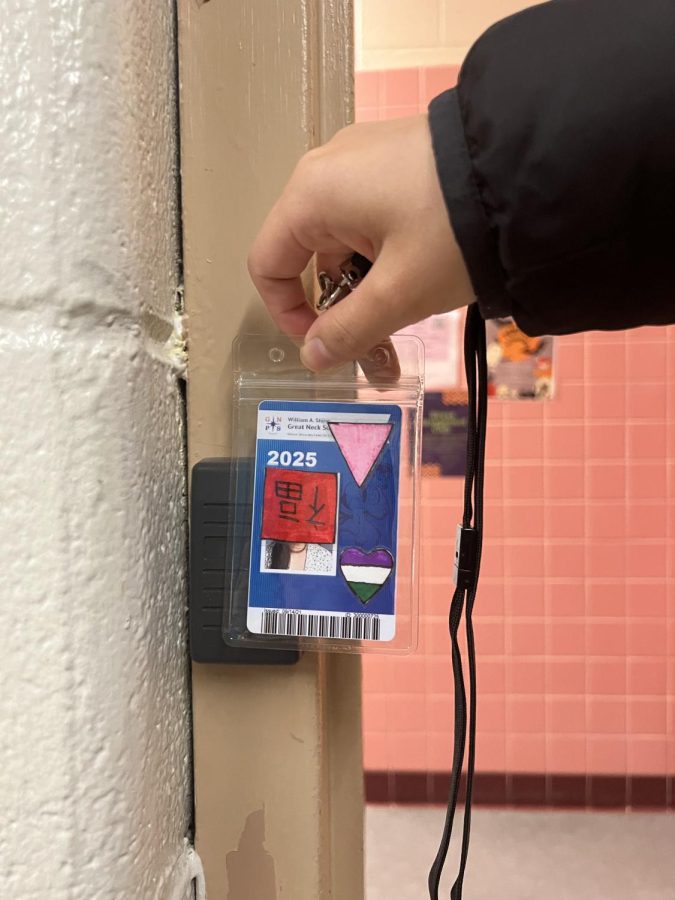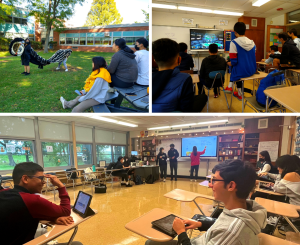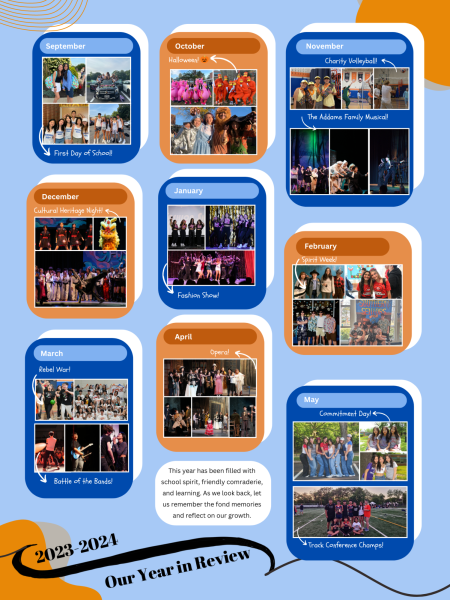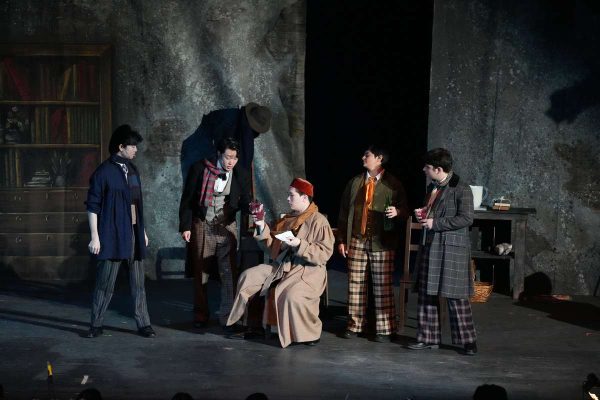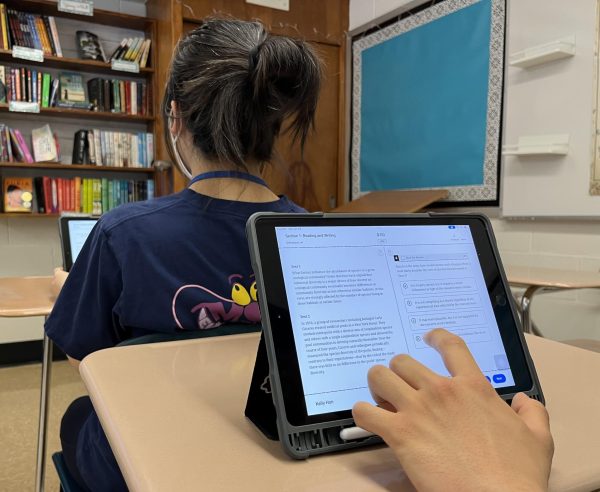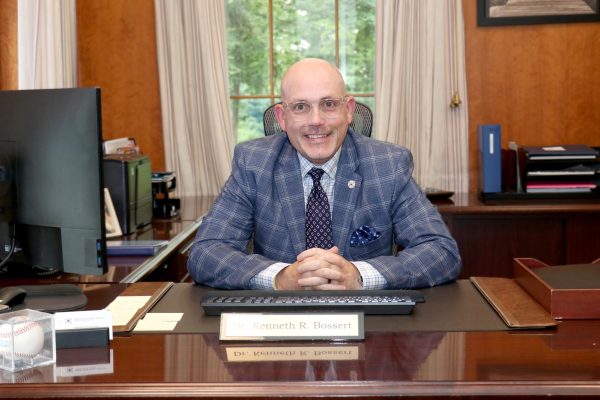IDs for the Bathrooms: Why Are the Doors Still Open?
Opened Doors, Unscanned IDs–a student brings their ID up to the card reader, but the bathroom door is unlocked.
November 16, 2022
During English or Social Studies class, the principal, Dr. Gitz, or one of the assistant principals, Mr. Hopkins or Ms. Parnell, came in and discussed the new security rules being enforced this year, one of which includes IDs for the bathrooms. Students need to hold their school IDs up against a black card reader, which can be found besides the outside of the bathroom door, before entering. After the Parkland School tragedy, the district installed card readers for the bathrooms. Its late enforcement is a result of various setbacks such as Covid, which lead to “concerns over spacing,” according to Dr. Gitz. Furthermore, last year, bathroom doors remained open because some card readers weren’t functioning properly.
This school year, the card readers are in the process of being replaced. Soon enough, the bathroom doors will be closed, but it’s uncertain when this will be as it’s up to the card reader manufacturer and company.
Despite the delay of the enforcement, it has raised many questions. Will faculty bathrooms be closed? According to Dr. Gitz, the bathrooms that will likely be closed do not include faculty bathrooms. Some students believed that vandalism was part of the decision to enforce IDs this year, but Dr. Gitz said that despite “some issues in the past,” that is not the reason. Instead, the IDs allow administration to identify who has been in and out of the bathrooms in the case of situations such as a report of a safety issue or vandalism.
Although students may struggle to remember to bring their IDs to the bathroom, administration encourages students to have their IDs on them at all times, whether they’re going to the bathroom or not. This allows security to verify student identification during emergencies. Furthermore, what students may see as a struggle is actually a security precaution. Despite students’ views on this regulation, Dr. Gitz hopes that “we continue to create a safe school environment while following the necessary protocols.”

